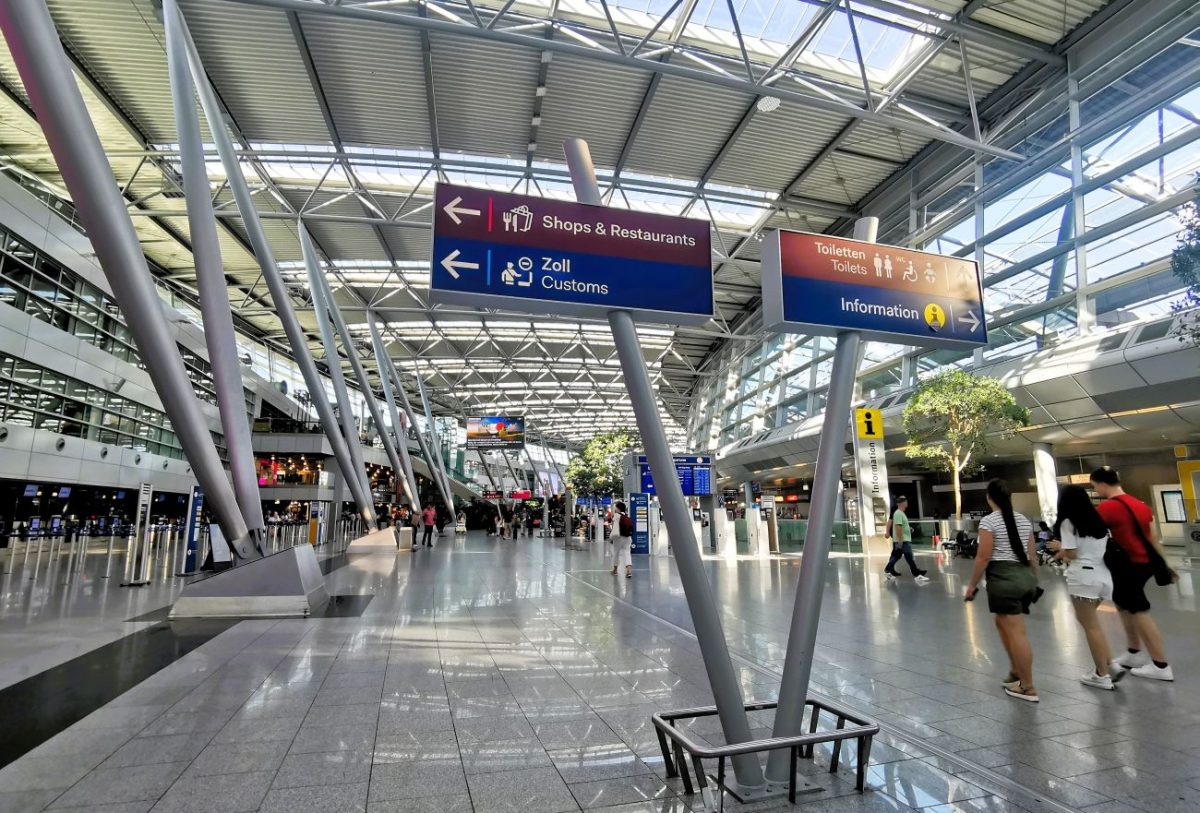Overtourism – new report for European parliament says it’s not so simple

Must-read for any destination -overtourism is a holistic social problem
With ‘Overtourism" now presenting a major threat to the ongoing business of iconic destinations a major new academic report has been prepared for European Parliament Committee on Transport and Tourism.
"Overtourism: Impact and possible policy responses" has been produced by Breda University – lead Paul Peeters. It focuses on 41 destination case studies; introduces a practical definition of overtourism; identifies destinations at risk and provides destinations with a formula to identify if they are at risk.
The study addresses the complex phenomenon of overtourism. By focusing on a set of case studies, the study reports on overtourism indicators, discusses management approaches implemented within different destinations and assesses policy responses. A total number of 41 case studies are discussed in this study. The selection was based on a set of criteria including 1 case per EU country, an even distribution over the four types of destinations (Rural, Urban, Coastal & Islands, Heritage & Attractions), and 12 iconic non-EU destinations.
For each case, a short report provides a general description, some statistics, as well as an overview of tourism developments, impacts and policies. The case studies highlight that the character of overtourism impacts – environmental, economic and social – depends on the type of destination.
It concludes that a common set of indicators cannot be defined because of the complex causes and effects of overtourism. Avoiding overtourism requires custom-made policies in cooperation between destinations’ stakeholders and policymakers.
In other words – overtourism is not as simple as it seems and will not be cured by a standard reaction.
As a result of its studies, the report comes up with the very first definition of the phenomenon:
"Overtourism describes the situation in which the impact of tourism, at certain times and in certain locations, exceeds physical, ecological, social, economic, psychological, and/or political capacity thresholds."
Moreover the report highlights the existential threat that overtourism presents to destination communities:
"While overcrowding is seen by the industry as an issue that mainly stands in the way of continued growth, the impacts of overtourism can represent an existential risk for destinations around the world.
There are many examples where the cultural and natural heritage of a place is at risk, or where costs of living and real estate have substantially increased and caused a decline in quality of life.
The spread of overtourism could cause the loss of authenticity and imply a significant risk to the future attractiveness of a destination.
Uncontrolled tourism development can cause significant damage to landscapes, seascapes, air and water quality, as well as the living conditions of residents, causing economic inequalities and social exclusion, amongst many other issues."
And how do you know that a destination suffers from overtourism?
Findings from this study suggest that the most relevant indicators for overtourism are:
- tourism density (bed-nights per km2) and intensity (bed-nights per resident);
- the share of Airbnb bed capacity of the combined Airbnb and booking.com bed capacity1;
- the share of tourism in regional Gross Domestic Product (GDP);
- air travel intensity (arrivals by air divided by number of residents); and
- closeness to airport, cruise ports and UNESCO World Heritage Sites.
And it outlines destinations at risk from overtourism:
15 regions not currently recognised as destinations in a state of overtourism were identified as ‘at a high risk of overtourism’.
These are the regions of Valencia, AndaluciÌa and the Canarias in Spain, the regions of Languedoc-Roussillon and Bourgogne in France, the province of Trento in Italy, Madeira and the Algarve in Portugal, and the Ionic Isles and the Peloponnesus in Greece.
The UK has five regions in the top-15 at risk of overtourism: Cumbria, Cornwall, West Wales and The Valleys, East Wales and North Yorkshire.
The study provides a preliminary practical check list for destinations or regions to assess whether they may be at risk of overtourism based on a qualitative assessment.
Read it for yourself HERE
Valere Tjolle
Valere
Have your say Cancel reply
Subscribe/Login to Travel Mole Newsletter
Travel Mole Newsletter is a subscriber only travel trade news publication. If you are receiving this message, simply enter your email address to sign in or register if you are not. In order to display the B2B travel content that meets your business needs, we need to know who are and what are your business needs. ITR is free to our subscribers.








































Airlines suspend Madagascar services following unrest and army revolt
TAP Air Portugal to operate 29 flights due to strike on December 11
Qatar Airways offers flexible payment options for European travellers
Airbnb eyes a loyalty program but details remain under wraps
Air Mauritius reduces frequencies to Europe and Asia for the holiday season